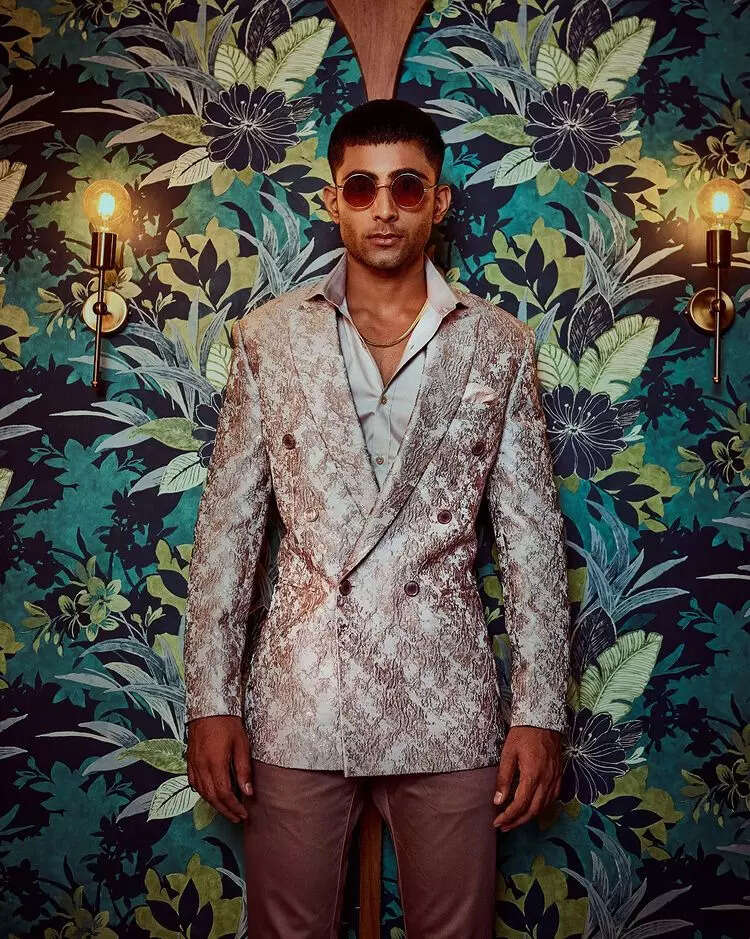
Giorgio Armani’s unconstructed jacket, which was ill-fitting, unlined, and unpadded, became a symbol of the 1980s, and this marked the first significant resurgence of the blazer. Male rock and pop artists adopted the deconstructed shape of the Armani blazer and simply updated it with patterns and sequins, reimagining the jacket that was once an essential part of the uniform as the costume of many 1980s icons. However, female models and movie stars took Armani’s concept and built on it to create the female power suit, which was revolutionary in terms of fashion because it was structured and formal, had big shoulder pads, and had an exaggerated silhouette. It also had social significance because the rise of the female power suit coincided with the beginning of third-wave feminism. Gender equality, sexual liberation, and body acceptance were the main themes of this feminism movement.

In the 2000s, blazers were incorporated into red carpet appearances as well as celebrity street style through the use of the cropped blazer, the belted and cinched blazer, the blazer dress, and the blazer as an entire outfit in itself. Many of them had eye-catching colour schemes like forest green, deep navy, bright yellow, soft pink, etc. as well as large stripes, detailed patches, and other embellishments. Today, the boundaries are being pushed even further as men and women completely reinvent the style and shape of the blazer in a way that compliments and celebrates the male and female body.
It’s also plausible to assume that blazers rather than bra-digans are currently the popular Instagram style.
With inputs from designer Jayesh Shah.